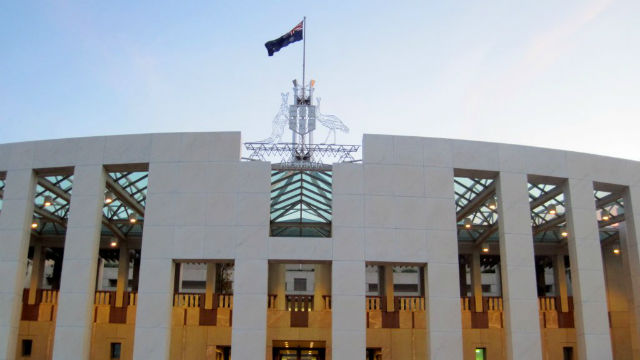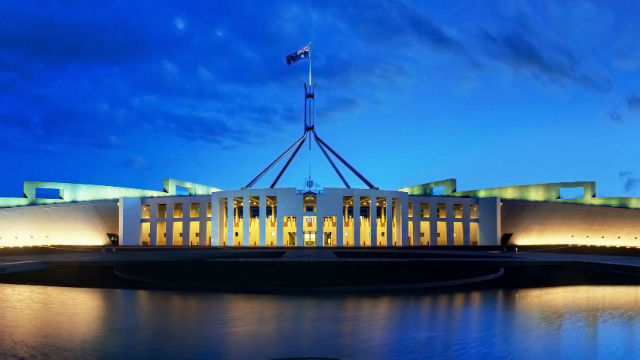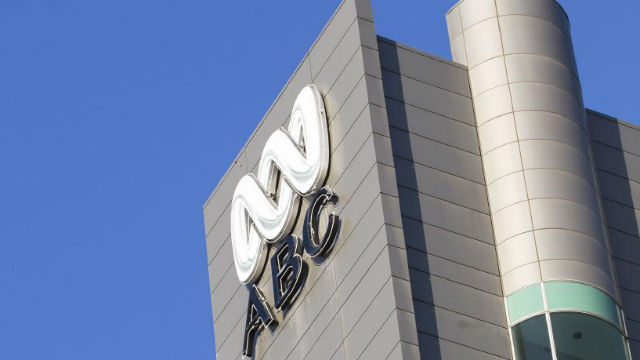
The long-run relationship between population growth and living standards has been a source of controversy among Australian economists, no less than for the general public. There is little argument that population growth and immigration have contributed to ‘extensive’ economic growth, that is, growth in the size of the Australian economy. There is much less agreement on the crucial question of whether population growth and immigration have also made a positive contribution to ‘intensive’ growth, that is, growth in real national income per capita, a widely used proxy for living standards. Historically, the ‘populate or perish’ imperative was the main source of popular and political support for population growth and immigration. Population growth was supported for reasons that were as much strategic as economic. Policymaking was focused on economic development and extensive growth rather than intensive growth, although improving average living standards has always been a concern for public policy.
Population growth and immigration became a major political issue in the run-up to the 2010 federal election following a period of relatively high net overseas migration and population growth. A March 2010 opinion poll found that 52% of respondents disagreed with the proposition that ‘having a larger population will help our economy,’ while only 38% agreed. Fifty-eight percent disagreed that ‘Australia has the space and resources to cope with a much larger population,’ while only 35% agreed. The two main political parties committed themselves to moderating net overseas migration and reviewing population policy. These positions are more commonly associated with the political fringe than mainstream political parties. The federal government released a ‘sustainable population strategy’ in 2011 following a period of public consultation. In this context, it has once again become necessary to make the economic case for population growth and immigration.










